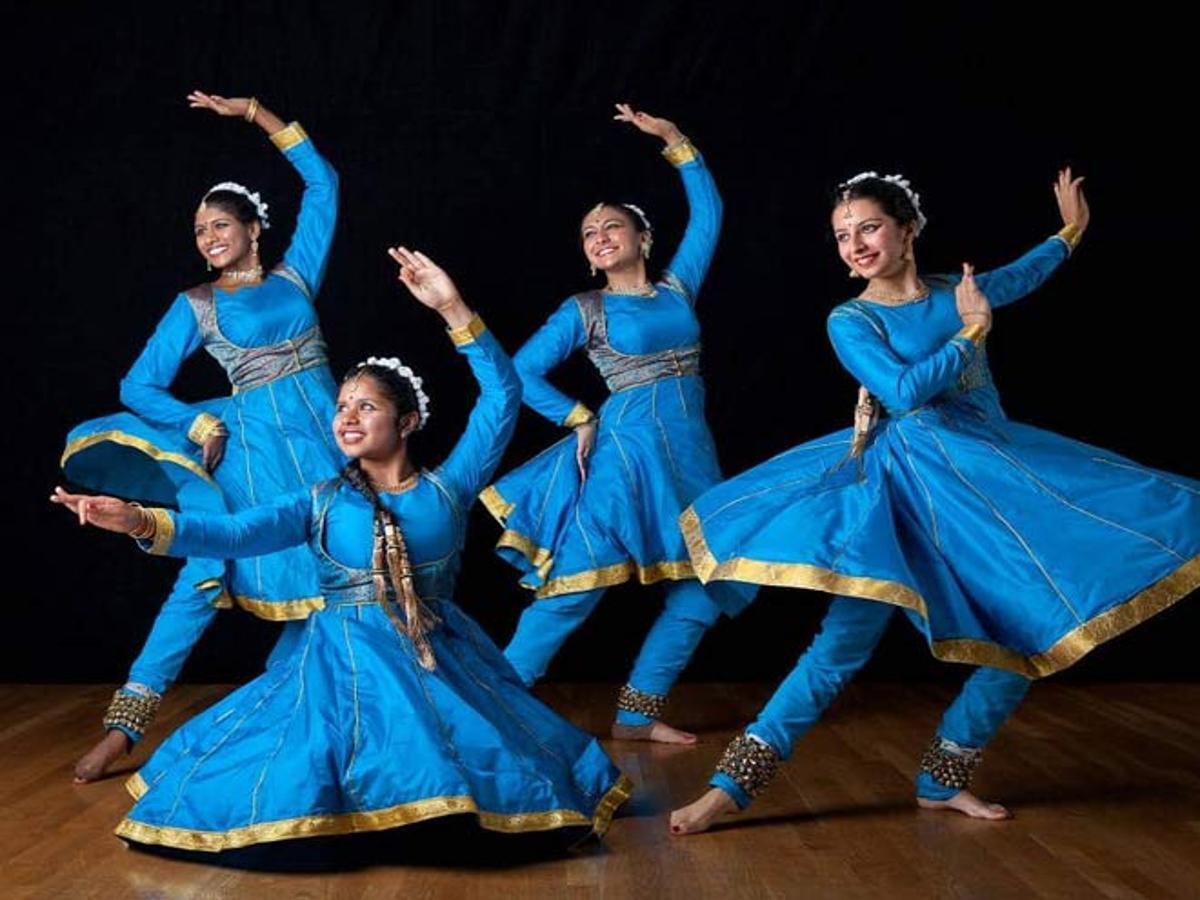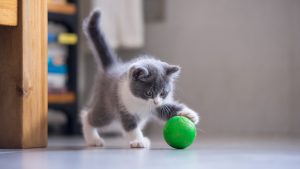All of the states in India have their own unique dances, however only six of these traditional dances are recognized nationally in India. These are Kuchipudi, Manipuri, Kathak, Bharatnatyam, and Odissi. Classical Indian Dance forms ( folk) are considerably more than just physical movements; in fact, since very early times, Indian classical dance has been seen as a discipline and a method to devote oneself to God.
1. Bharatnatyam
Bharatnatyam is a South Asian dance form that is performed to the heavenly Carnatic music melodies. Bharatnatyam is a classical dance genre that dates back to 1000 BC and was first performed by women in Tamil Nadu’s ancient temples. The dancing style is renowned for its exquisite hand gestures and movements, or mudras as they are known in the local dialect. It emphasizes the dancer’s hand gestures, leg movements, and facial emotions. Before the British era, this dancing style was quite popular, but it suffered greatly during the colonial era. Yet, India preserved the dance form in the homes, and now it is acknowledged as one of the most respectable art forms in India, particularly in the Southern region where it is a source of pride for the housewives to learn the classical dancing style of Bharatnatyam.
2. Kathak
Kathak originates in the northern region of the nation, namely from the state of Uttar Pradesh, where the word “Katha” means “story” in Hindi. Making the assumption that Kathak is done as a sort of storytelling through the dancer’s body motions isn’t a very smart decision. The Kathak dance, which may be performed by both male and female dancers together, is frequently referred to as the dance of love. This dance style places a lot of emphasis on ankle motions that are synchronized with the music’s beats. An important component of the discipline of this dancing form is the use of ankle bells, or gunghroos as they are known in the traditional language. This dance genre exhibits a variety of distinctions as it is performed around the nation, including in Jaipur, Benaras, and Lucknow.
3. Kathakali
Another Indian traditional dance style that is related to storytelling is kathakali. The word “storyteller” in the local tongue is kathakali. One of India’s most well-known and revered dance genres is Kathakali, which originates in Kerala in the country’s southern area. It has its roots in the Ramayana and Shiva myths. The captivating facial gestures and bulky costumes, which feature customary face masks and body paint, are all part of the Kathakali performance (generally green). Soppanam is the name given to music that consists solely of vocals. The conversation between the dancers only uses their body language and facial emotions to convey the epic Hindu mythology tales that portray both good and evil. Watching is just fascinating!
4. Manipuri
Manipuri serves as a significant emblem to represent the state of Manipur from the region as you walk towards North-East India, which is teeming with the rich tradition and its own culture. This dance style is done to tell the story of the legendary RaasLeela, or courtship, of the Hindu deities Radha and Krishna. The story of the two gods is told through the performance of this art form in a group wearing traditional Manipuri attire and makeup. The dance is performed to music produced by Indian classical instruments and narrative chanting.
5. Kuchipudi
Kuchipudi, an art form from Andhra Pradesh, is arguably the most difficult type of Indian classical dance. Kuchipudi is not just seen as a dance but as an entire religious practice dedicated to God, complete with customs like praying to God, burning incense, and sprinkling holy water. Since the performer in Kuchipudi also sings and dances, it demands a higher level of talent and commitment than any other Indian art form. Kuchipudi was originally solely done by men in temples, specifically Brahmins (the upper caste of society). However, as time went on, it gained popularity among women, and now, most dancers that perform Kuchipudi are women.
6. Odissi
The state of Odisha in eastern India is where the odissi dance originated. The Hindu temples in Odisha are the source of the traditional dance. The majority of the gestures and movements (Mudras) are influenced by Indian temple idols and sculptures. The dance is performed as a means of expressing Hindu gods’ mythologies, such as those of Shiva and Surya. A mythical tale and a Hindi poetry performed by musicians serve as the dance’s musical accompaniment. Odissi is regarded as one of the oldest Indian dance styles still in existence today. Odissi dance is mostly performed by female dancers and features more than 50 fascinating mudras (body movements).
7. Bhangra/Gidda
Bhangra is a heart-pounding dance from Punjab that is accompanied by raucous dhol beats ( traditional Indian instrument). It is widely used at traditional Punjabi festivals.
8. Garba
Garba is a traditional dance style from Gujarat that honors Goddess Durga. Sticks are utilized to perform this art form, which is done in a couple to the characteristic Gujarati music.
9. Rouf
Rouf, a calming dance style typically performed by female dancers to the traditional Kashmiri music, is a dance form that the Kashmiri people use to commemorate their festivals and significant occasions.
10. Ghoomar
The people of Rajasthan perform their ancient dance form by dancing to the beat of the music while adorned with heavy jewelry and stunning clothing. Ghoomar uses interesting circular hand gestures in addition to his vocalizations.




